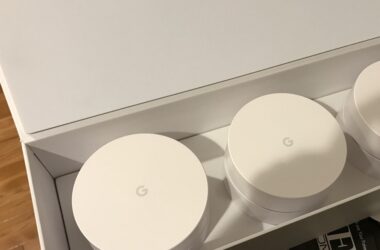For the past couple of years, “payments” has been a frequent area targeted for innovation, something that tech companies and startups boast about disrupting but rarely back up with actual results. It has stubbornly refused to evolve from systems in the 50s and 60s, the same banking and credit card and cash1 toolkit to exchange money, established for many decades2.
Apple Pay launched last week, and with Apple seemingly serious about the payments business, there’s suddenly a lot more optimism to break away from our multi-decade technological stasis. Just as the smartphone has largely replaced phones, cameras, pedometers, and MP3 players, Apple Pay is meant to accelerate the death of cash and eventually obsolete the humble wallet.
So it’s a bit of a bummer when retailers began to actively block the system and NFC payments in general. The indignation has been swift and damning.
For those who are familiar with the payments industry, its fragmentation and the myriad of opposed interests are par for the course. Payments are hard not because of a technological deficiency, but because of the heavy regulation and massive incumbents who wield political and economic influence. If Apple Pay really did take 15 years to launch, much of that time was spent in untangling the ball of nails that is our payments ecosystem: banks; credit card companies; card issuers; carriers; retailers; phone manufacturers, app developers; and customers all have unique perspectives on what makes a good payments product.
So when CVS blocks Apple Pay, they echo the playbook from Verizon in disabling Google Wallet. One of the requirements for winning payments is merchant distribution, but progress is paralyzed whenever opposing interests control different parts of the stack, and some entities would rather salt the earth than to see someone else tend a prettier garden.
And perhaps ease of use alone is not sufficient for adoption. For most popular retailers, a bigger pain point lies in customers queuing to pay moreso than facilitating the transaction, and there’s nowhere near as much effort placed on keeping shorter checkout lines3. Though it’s pretty easy to poke fun at retailers’ arcane practices, they are likely to have good reasons to justify the extra work. Sometimes, a 10% off coupon is more valuable than a slick presentation.
But at least checks are falling out of fashion, finally.↩
I’d take a moment, though, and humblebrag about my employer Square’s role in pushing payments towards the 21st century in the past few years.↩
To Apple’s credit, the Apple Store app is trying to make line queuing disappear, though it’s probably not generally applicable.↩


